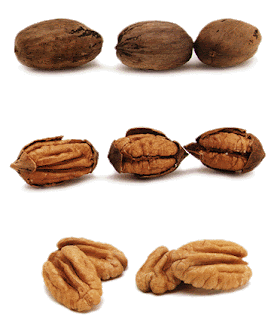I tell myself it has something to do with building immunity, but it does not: the two thoughts are really not connected. It has to do with the fact that pork really is the other white meat: it has that terrific richness (they don’t call it “pork fat” for nothin’), is incredibly versatile and surprisingly economical, especially for a dish as luxurious and just wonderful as this one.
The technique seems to strike neophytes as weird and labor intensive, probably because of the different surfaces involved: from skillet to roaster to cuttingboard. It’s not really and it’s worth getting the hang of as it’s a useful technique for other types of meat. You can, for instance, do a really lovely steak this way, just cut the time appropriately.
This recipe will serve four. Add a starch -- some roasted potatoes or a bit of rice -- if you’re serving bigger eaters or just like the look of a filled plate.
Roast Pork Loin and Asparagus with Wild Morel Sauce
1 lb. loin of pork or thick boneless chop
2 tbsp. olive oil
1 small onion, finely chopped
10 ounces fresh morel mushrooms, halved lengthwise (sliced button or crimini will do, as well)
1/3 cup white wine
1 cup chicken or vegetable stock
1 tablespoon butter
1 tablespoon flour
4 tbsp fresh parsley, chopped
1 lb. asparagus, with ends cut or snapped
Prepare the asparagus by snapping or cutting the bottom inch of stalk. Lay the asparagus in a shallow ovenproof dish. Toss with 1 tablespoon of olive oil and a pinch of salt. Set aside.
Heat a medium-sized skillet over medium-high heat. Add 1 tablespoon of oil and brown the pork loin all over. Putting the skillet aside, transfer the roast to a foil-lined pan, bake in preheated 400 F. oven until juices run clear, approx. 18-20 minutes. When removed from the oven, transfer the meat to a cutting board and tent with foil to let rest at least five minutes before slicing and serving.
While the pork is roasting, go back to the original skillet. Add another tablespoon of oil to the pork scraps in the pan, then add the onion and soften over medium heat, about four minutes. Add mushrooms and salt and pepper to taste, sauté until the mushrooms are cooked through, about eight minutes. (Slightly less if using common white mushrooms.) Add the wine and cook until almost evaporated, stirring to deglaze brown bits from the bottom of the pan. Add stock and cook for another six minutes.
Mix butter and flour and add to sauce and simmer until sauce is thickened. Add the parsley and pan juices from the pork a couple of minutes before the sauce is done.
While the pork is resting and you’re still fussing with your gorgeous sauce, pop your previously prepared asparagus into a 450 F. oven. Cook for seven to 10 minutes or until tender. Peek in roughly halfway through cooking and move the stalks around a bit so that they roast evenly.
Slice the pork and arrange beautifully on a plate with asparagus stalks and sauce.



